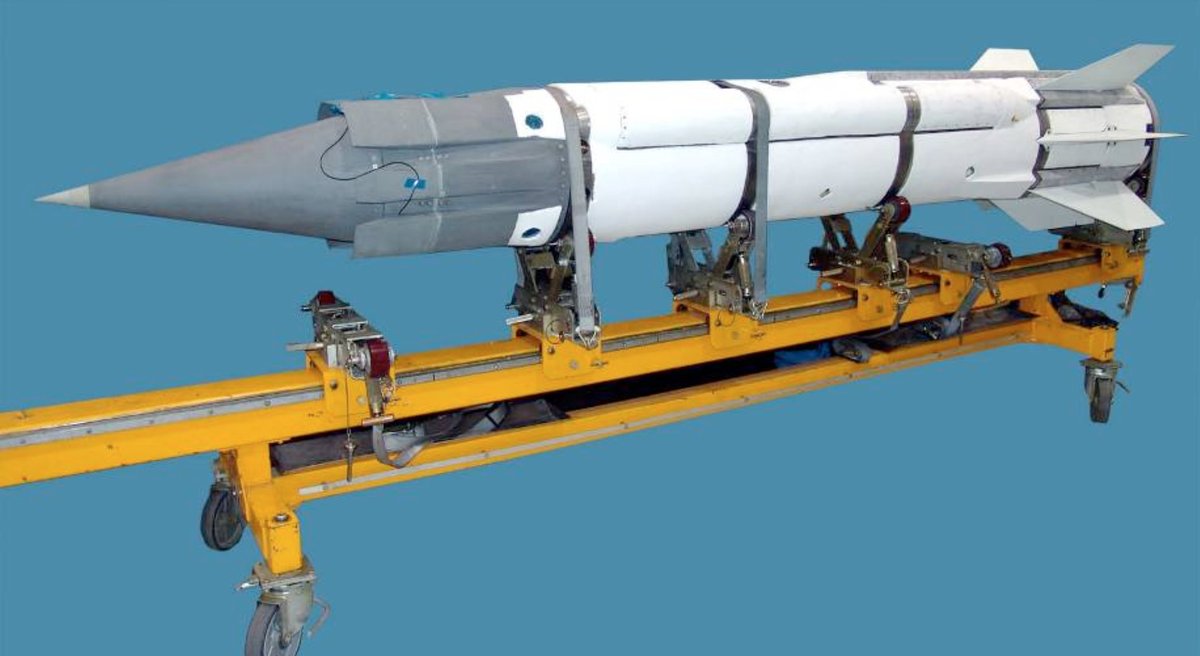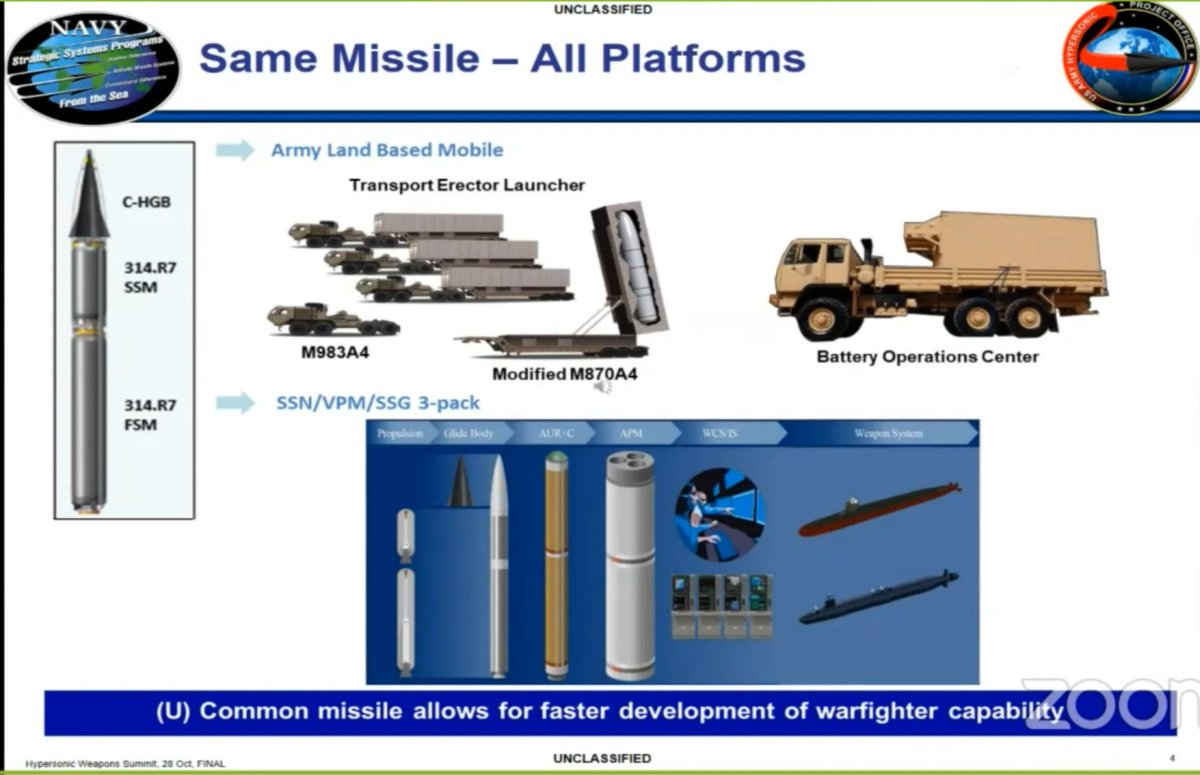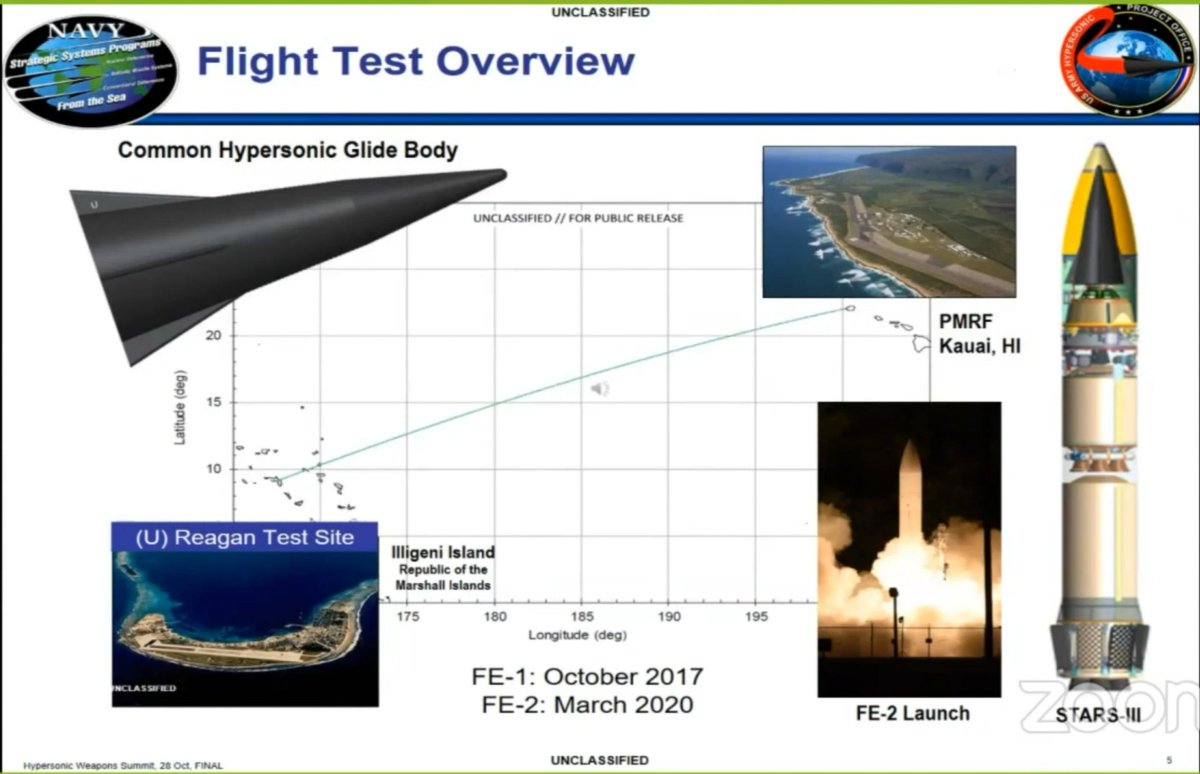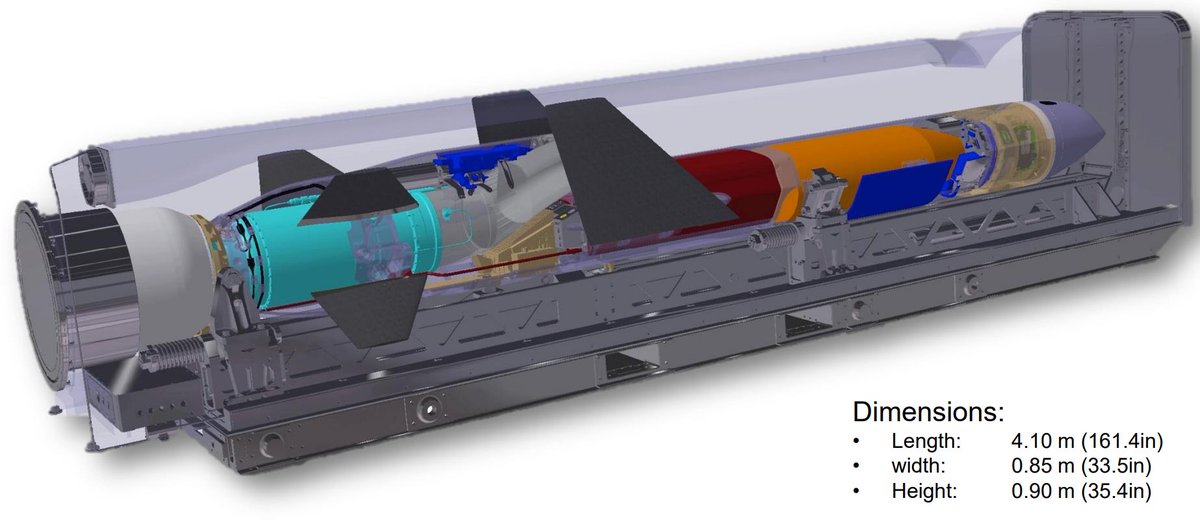
The Navy originally contemplated a variety of THAAD variants for its theater missile defense system before settling on the SM-3 design.
Photos: Johns Hopkins APL
Photos: Johns Hopkins APL

The Block IVA, and THAAD, were some of the few interceptors designed with IR seekers for interception within the atmosphere.
Photos: APL



Photos: APL




The aerodynamic friction involved in these regimes made it difficult to keep the sensor window cool enough for the IR seeker operate. Bottom left illustrates heat-induced optical distortions for domed sensor windows.
Photos: APL/NATO



Photos: APL/NATO




Some more photos of SM-2 IVA sensor window testing setups, in the CUBRC LENS tunnel in NY. The SM-2 IVA program was cancelled in the early 2000s.
Photos: NATO

Photos: NATO


But at higher speeds, such as for THAAD (pictured on sled test?), you need a sensor window with active cooling to deal with the heat. Designs usually involve a flat plane of sapphire, spinel, etc. with coolant microchannels or an external coolant spray. 





The Army's Advanced Interceptor Technology program in the 90s tested a variety of window technologies for maturing THAAD and future atmospheric interceptor systems. 





Why is this important? To intercept a hypersonic weapon with a hit-to-kill missile, you'll need a seeker to survive the heat. Since hypersonic weapons can maneuver, you'll need to expose the seeker early to begin endgame tracking. This means more heat and more stress.
There's an ongoing debate over whether you could save cost by relieving the accuracy requirements of an interceptor. With an explosive warhead, you could potentially lower the requirements for an IR seeker. Radar is another option.
But there are other tradeoffs: in total system weight and kill assessment. Heavier payloads -> larger boosters -> more weight/cost. And the faster you can assess whether you've hit a target, the less likely you'll need to launch a second interceptor to assure kill.
Sensor windows are just one of many tradeoffs involved in developing a hypersonic defense, and a key aspect in MDA's current considerations over the need for hit-to-kill.
• • •
Missing some Tweet in this thread? You can try to
force a refresh





























